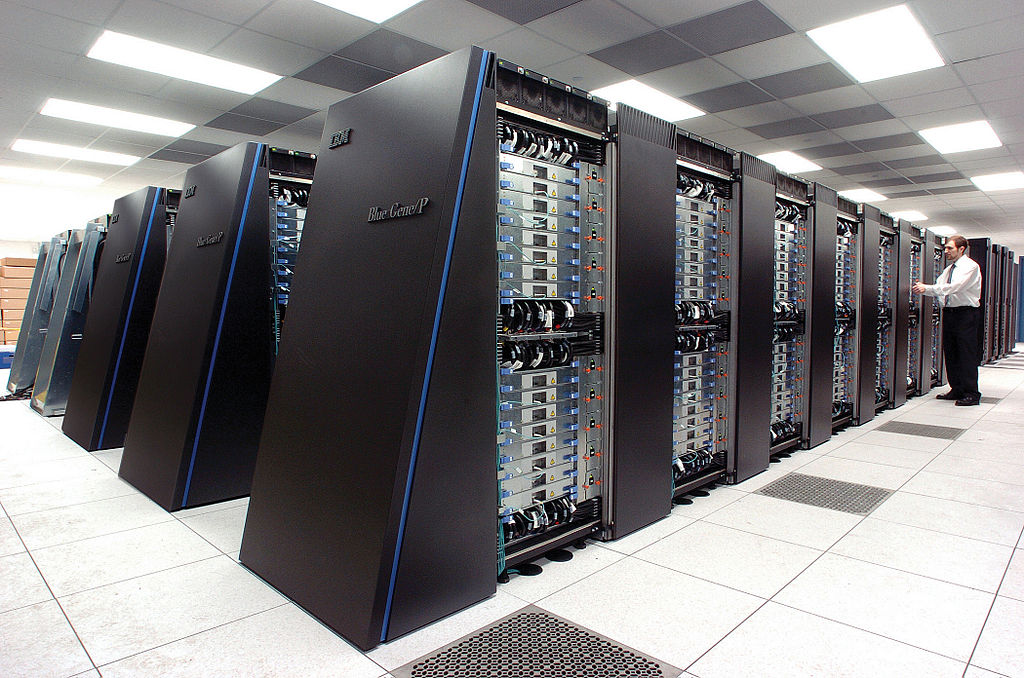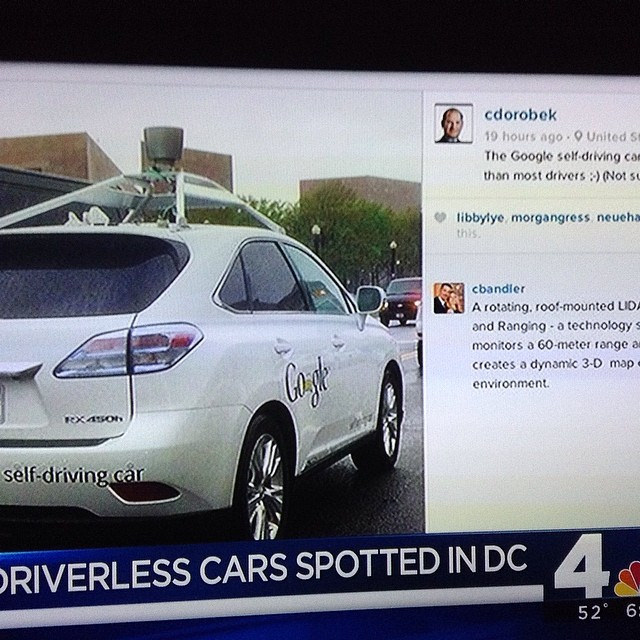As social media sites become more and more ubiquitous, the influence of internet marketers and celebrities has exponentially increased. Now, “Influencer” has evolved into a serious job title. Seventeen-year-old Charli D’Amelio, for example, started posting short, simple dance videos on TikTok in 2019 and has since accrued over 133 million followers and ended 2021 with earnings of more than $17.5 million dollars. With so much consumer attention to be won, an entire industry has spawned to support virtual influencers – brand ambassadors designed using AI and CGI technologies as a substitute for human influencers. Unlike other automated social media presences – such as “twitter bots” – virtual social media influencers have an animated, life-like appearance coupled with a robust, fabricated persona – taking brand humanization to another level.
Take Miquela (also known as Lil Miquela), who was created in 2016 by Los Angeles-based digital marketing company Brud. On her various social media platforms, Miquela claims to be a 19-year-old AI robot with a passion for social justice, fashion, music, and friendship. Currently, Miquela, who regularly features in luxury brand advertising and fashion magazines, has over 190,000 monthly listeners on Spotify and gives “live” interviews at major events like Coachella. It is estimated that in 2020, Lil Miquela (with 2.8 million followers across her social media accounts) made $8,500 per sponsored post and contributed $11.7 million to her company of origin.
The key advantages of virtual influencers like Miquela revolve around their adaptability, manipulability, economic efficiency, and persistence.
Virtual brand ambassadors are the perfect faces for advertising campaigns because their appearances and personalities can be sculpted to fit a company’s exact specifications.
Virtual influencers are also cheaper and more reliable than human labor in the long run. Non-human internet celebrities can “work” around-the-clock in multiple locations at once and cannot age or die unless instructed to by their programmers. In the case of Chinese virtual influencer Ling, her primary appeal to advertisers is her predictable and controllable nature, which provides a sense of reassurance that human brand ambassadors cannot. Human influencers have the frustrating tendency to say or do things the public finds objectionable that might tarnish the reputation of the brands to which they are linked. Just as automation in machine factory labor reduces the risk of human labor, the use of digital social media personalities mitigates the possibility of human error.
One concern, of course, is the deliberate deception at work. At the outset of her emergence onto the social media scene, Miquela’s human-ness was hotly debated in internet circles. Before her creators revealed her artificial nature to the public, many of her followers believed that she was a real, slightly over-edited teenage model.
The human-like appearance and mannerisms of Miquela and other virtual influencers offers a reason to worry about what the future of social media might look like, especially as these computer-generated accounts continue to grow in number.
It’s possible that in the future algorithms will create virtual influencers, produce social media accounts for them, and post without any human intervention. One can imagine a dystopian, Blade Runner-esque future in which it is practically impossible to distinguish between real people and replicants on the internet. Much like deepfakes, the rise of virtual influencers highlights our inability to distinguish reality from fabrications. Many warn of the serious ramifications coming if we can no longer trust any of the information we consume.
One day, the prevalence of fake, human-like social media presences may completely eradicate our sense of reality in the virtual realm. This possibility suggests that the use of virtual influencers undermines the very purpose of these social media platforms. Sites such as Facebook and Twitter were created with the intention of connecting people by facilitating the sharing of news, photos, art, memories – the human experience. Unfortunately, these platforms have been repurposed as powerful tools for advertising and monetization. Although it’s true that human brand ambassadors have contributed to the impersonal and curated aspects of social media, virtual influencers make the internet even more asocial than ever before. Instead of being sold a product or a lifestyle by another human, we are being marketed to by an artificially intelligent beings with no morals, human constraints, or ability to connect with others.
Moreover, the lifestyle that virtual influencers showcase raises additional concerns. Human social media influencers already perpetuate unrealistic notions of how we should live, work, and look. The posts of these creators are curated to convey a sense of perfection and success that appeal to the aspirations of their followers. Human influencers generally project an image of having an enviable lifestyle that’s ultimately fake. Virtual influencers are even more guilty of this given that nothing about the lives they promote is real.
As a result, human consumers of artificially-created social media content (especially younger audiences) are comparing themselves to completely unreal standards that no human can ever hope to achieve.
The normalization of virtual influencers only adds additional pressure to be young, beautiful, and wealthy, and may inhibit our ability to live life well.
Virtual influencer companies further blur this line between reality and fantasy by sexualizing their artificial employees. For example, Blawko (another virtual influencer created by Brud) who self-describes as a “young robot sex symbol” has garnered attention in part for its tumultuous fake relationship with another virtual influencer named Bermuda. Another unsettling example of forced sexuality occurs in a Calvin Klein ad. In the video, Lil Miquela emerges from off screen to meet human supermodel Bella Hadid, the two models kiss, and the screen goes black. Is the complete, uninhibited control over the sexual depiction of virtual influencers a power we want their creators to have? The hyper-sexualization of women in advertising is already a pervasive issue. Now, with virtual influencers, companies can compel the talent to do or say whatever they wish. Even though these influencers are not real people with real bodily autonomy, why does it feel wrong for their creators to insert them into sexual narratives for public consumption? While this practice may not entail any direct harm, in a broader societal context the commodification of virtual sexuality remains problematic.
Given the widespread use and appeal of virtual influencers, we should be more cognizant of the moral implications of this evolving technology. Virtual influencers and their developers threaten to undercut whatever value social media possesses, limit the transparency of social networking sites, cement unrealistic societal standards, and exploit digital sexuality for the sake of fame and continued economic success.







